We are often asked for window treatment tips, simply because window treatments can be tricky to get just right. Obviously, having us help you one on one with your window covering problems will yield the best result; but if you are big on DIY, or are on a budget, try these tips for helping your windows dress their best:
SHORT PANT SYNDROME IS A NO-NO
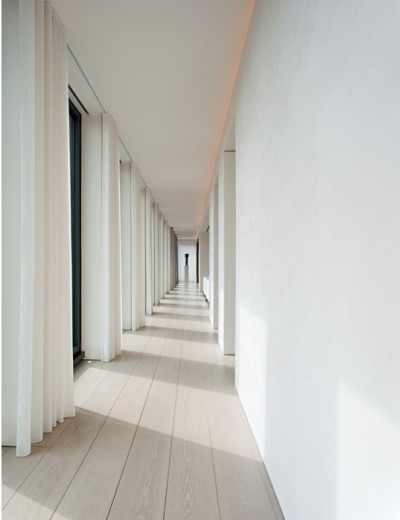
Imagae Credit: remodelista.com
This is a big term used around the studio – never ever leave your drapes too short. This not only looks like a fashion victim wearing ‘flood-pants’, but defeats the purpose of elongating and softening a space. As they say, measure twice, cut once. The space between the bottom of the drapes and the floor should be barely visible. And please do not try to rectify this by mounting your hardware too low – it should be approximately 7″ minimum from the top of the window opening whenever possible (dependant on room height and trim).
Those catalogue images? they are the perfect example of a DON’T:
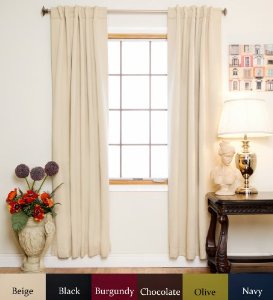
Image Credit: Amazon.com
RESPECT THE ARCHITECTURE
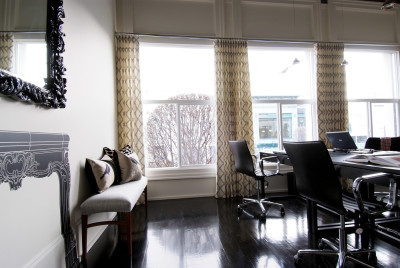
image Credit: Meade Design Group
Embrace the detailing and lines in your space and be careful that you are working with them, and not against them. This can be a tricky one, as juxtaposition is a fantastic design tool given the right interior design decisions; but if you’re a novice, or unsure, it’s safer to work in concert with your surroundings. An urban loft looks great with simple grommet-top drapery, for example; whereas a country home may be a great fit for shutters, and a heritage home may be better suited to a pleated drape and possibly valances and/or wood blinds.
KEEP INVESTMENT IN MIND
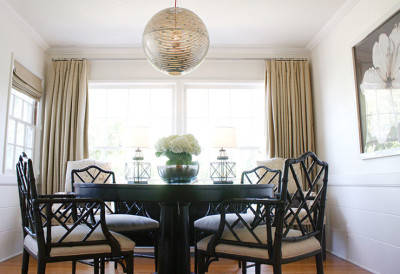
Image Credit: Meade Design Group
We often liken custom window treatments to a wedding dress; there is a lot of fabric and sewing involved, so they can get quite costly. If it’s not in your budget to consider redoing them often, be sure to select materials and colours that you will not tire of over time – and avoid anything trendy.
HARDWARE CAN BE MORE THAN JUST UTILITARIAN

Image Credit: mwsdesignsf.com
Hardware is really the jewellery of the home – we talk about it with tap ware, handles and pulls, but it’s true for your windows as well. Make sure the style suits the aesthetic you are looking to acheive – craftsman, minimalist, traditional, contemporary – there’s something out there for everyone. And it doesn’t have to be costly either – store-bought options have size limitations, but there’s no reason why you can’t use it if it fits: we’ve been oogling this mid-century option from West Elm – it’s in our arsenal, ready to be used in the next project that suits it.
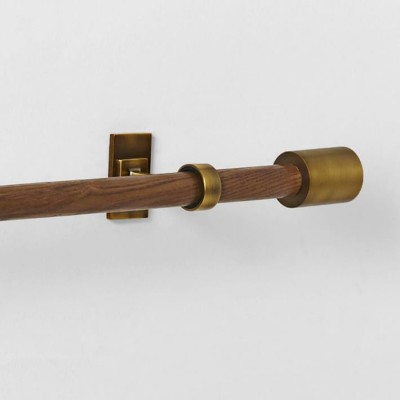
Image Credit: West Elm
FUNCTION FIRST
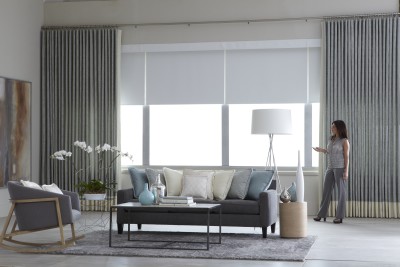
Image Credit: theblindguy.us
Aesthetic reasons aside, window treatments truly do serve a myriad of functions including insulation, light control, and privacy control. Ensure the functions you require are considered first and foremost. A quick (but not absolute – the options are endless!) guide may include:
- Insulation – Fully functioning draped, ideally lined and made of a heavier, material such as velvet
- Light Control – These levels vary, if you just want to diffuse light, a sheer or unlined linen set of drapery may be all you need. For a little more control, you may opt for a lined drape or wood blinds. Roller blinds have a range of light filtering abilities. And finally, the best way to truly block light is wall-to-wall, floor-to-ceiling blackout functioning drapes.
- Privacy Control – Essentially, you may want to consider the same levels as listed for light control. In addition, there are several privacy film options that can be applied directly to your window which won’t affect your options for style.
If you want true convenience, there are also many remote-control operated systems available.
Another note for this category: be careful of heaters which are often placed beneath windows, you cannot get too close to them with drapery or you will have a fire hazard on your hands. if you love the look of drapery, opt for stationary (or faux/mock) panels to look like there are drapes, but get your function from a blind or shade.
CREATE ILLUSION
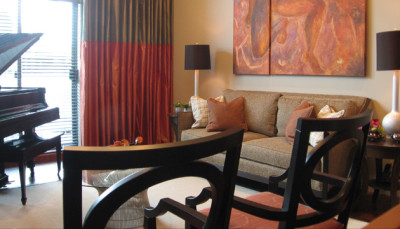
Image Credit: Meade Design Group
After the function, comes aesthetics. Of course, you may know what fabrics and colours work well in your interior; but you may also want to consider how you can trick the eye to make your space feel even better architecturally. Here’s some examples:
- A window will feel larger if you overlap it slightly on either side, and then take the drapery right to the corners of the room (wall-to-wall). This is also a great way to resolve an oddly placed window – if it’s asymmetrical, just trick the eye with the panel placement.
- A low room will feel taller if you take the drapes all the way to the ceiling – this elongates the space creating verticality.
- A space that feels sterile or barren becomes more cozy instantly with the addition of drapery to soften it up.
- Wood blinds are a surefire way to add architectural character to a window – this can be particularly striking with the use of decorative tapes.
- Horizontal lines (in pattern, details or blinds) will widen a space, vertical ones enhance height.
- Aligning hardware, details or other references with an architectural element will always lead to the most natural placement.
- You can utilize stationary/faux/mock drapery or shades to give the look of softness, but save costs if the function isn’t required.
Let us know if these tips helped you solve any window treatment dilemmas, and if you have any of your own tips you’d like to add!

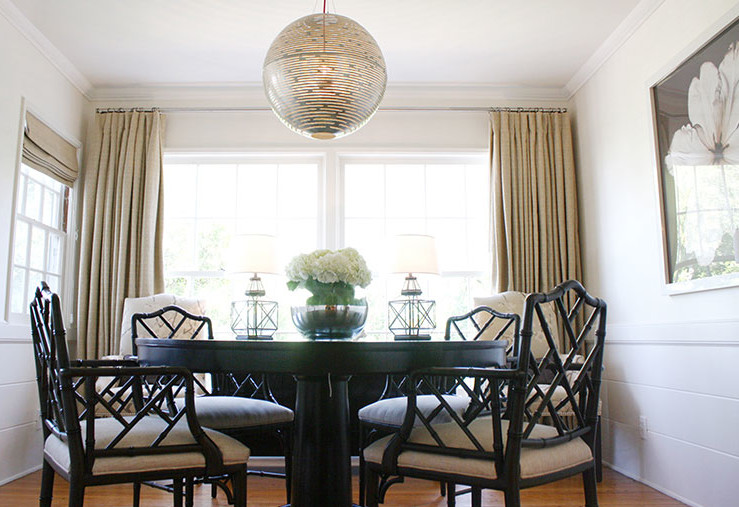
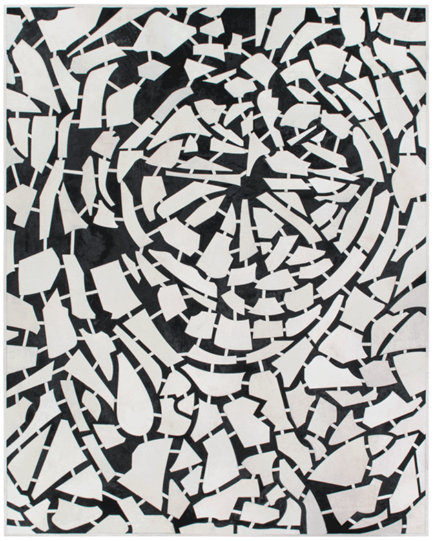
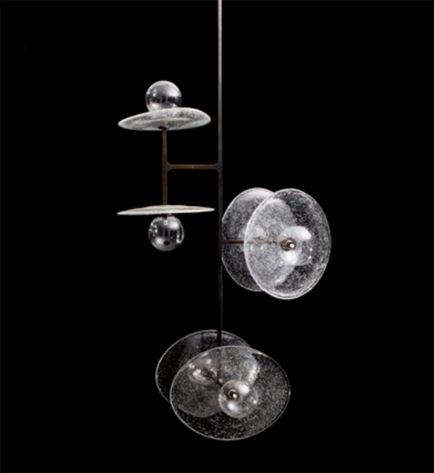
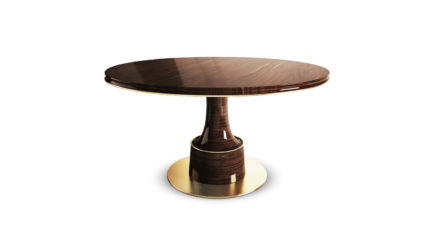
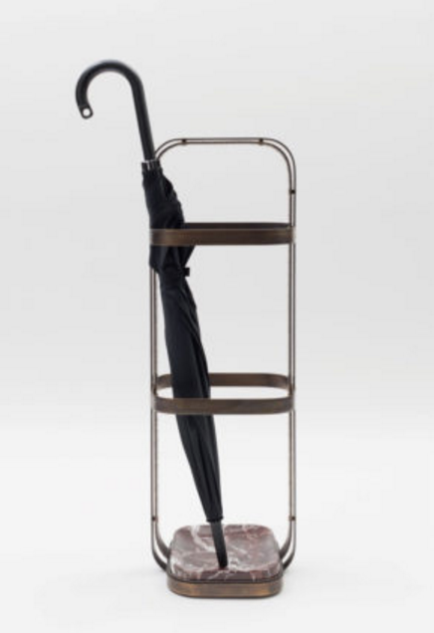
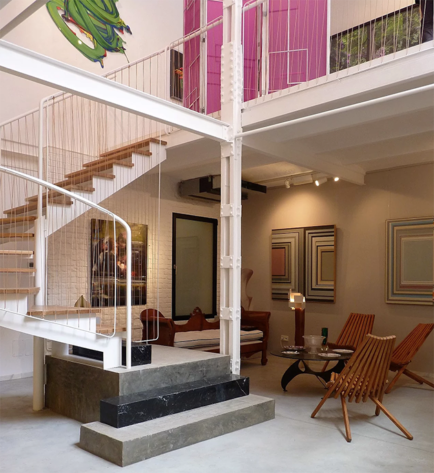

Comments
3 Responses to “Help Your Windows Dress Their Best – Our Top Window Treatment Tips”
There were a couple things that you touched on here that I really enjoyed. The first was how you described hardware as the jewelry of the home. I’d never thought of it that way, but I definitely agree. The other thing you mentioned is that light control is important. I have roller blinds that I love for that very reason. Thanks for the advice overall!
Buying such blinds is a unique thing itself. There are indeed many benefits that you can learn here to make sure that you buy at good price and these tips really do work well too.
I have the night shift, so I get my sleeping hours during the day, which is why I need curtains that can help control the light that enters the room whenever I need to get some shut-eye. I appreciate your suggestion when you told us to opt for lined drapes if we want a little more control when it comes to daylighting. I’ll be sure to consider this once I find a business specializing in custom drapery soon.